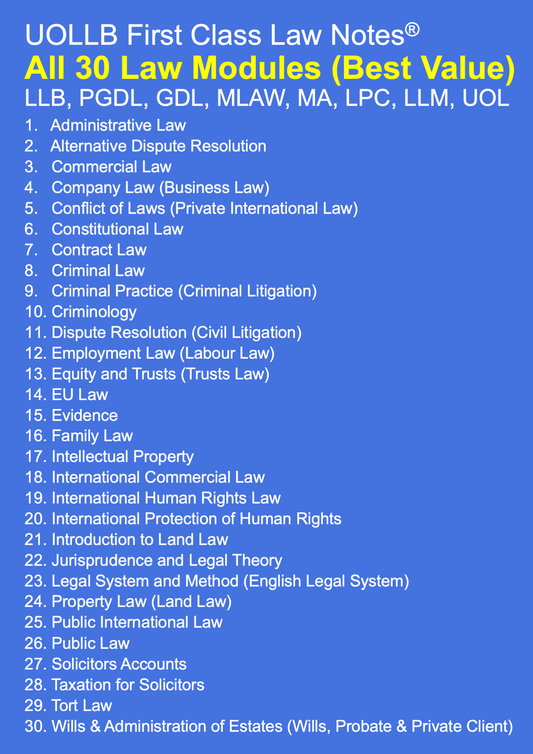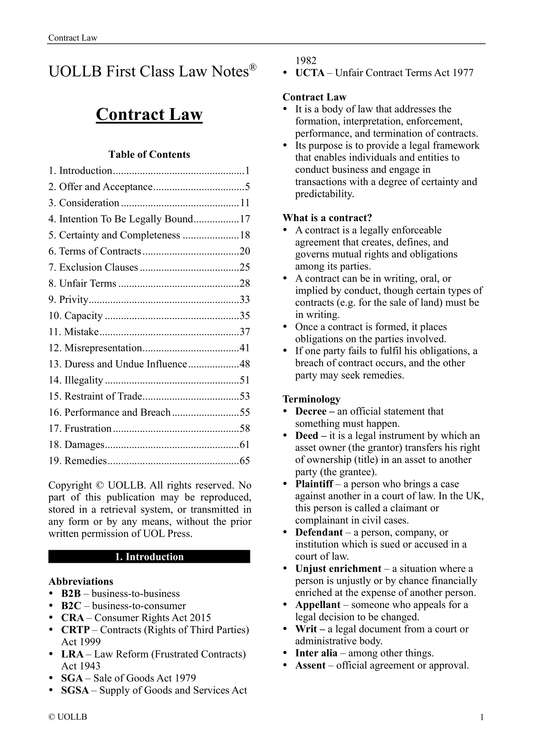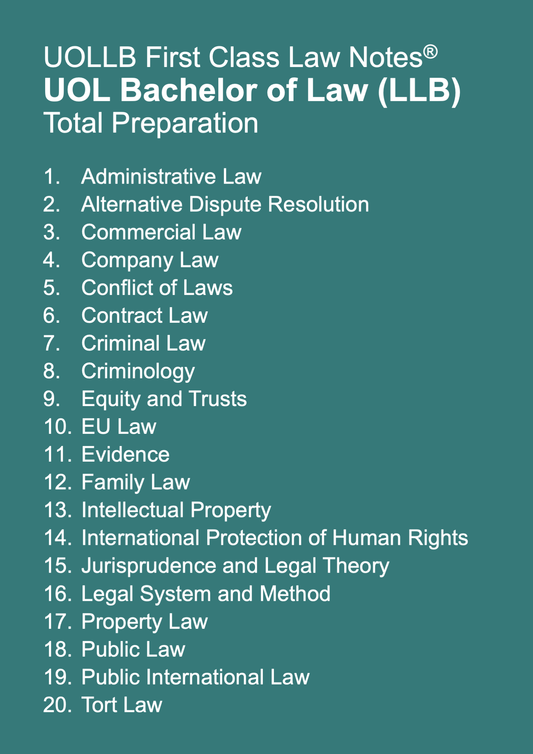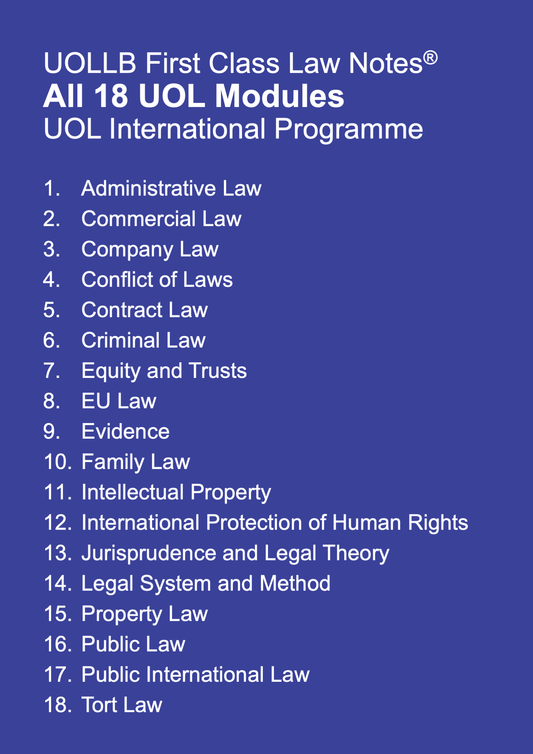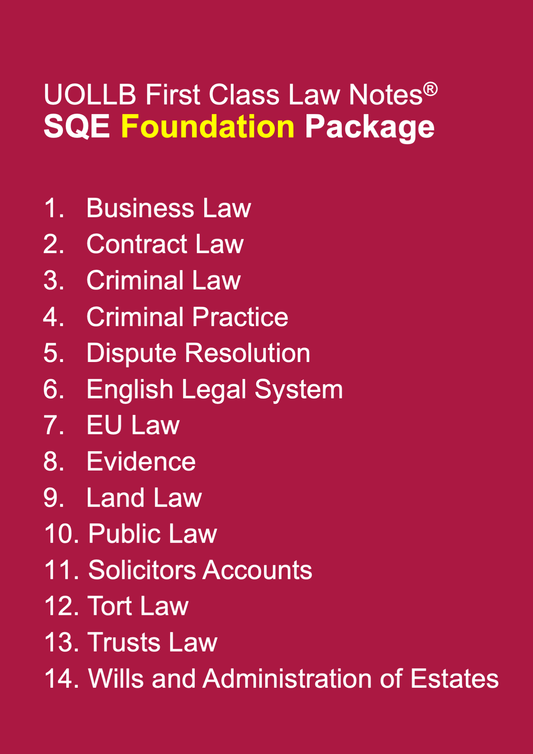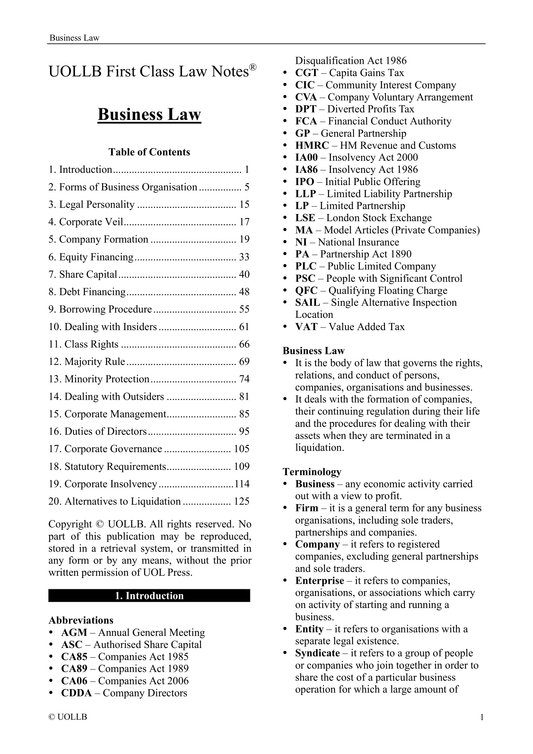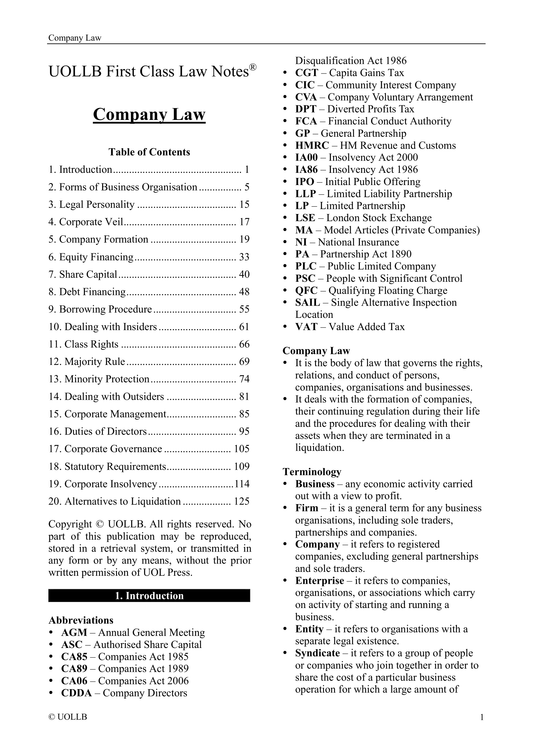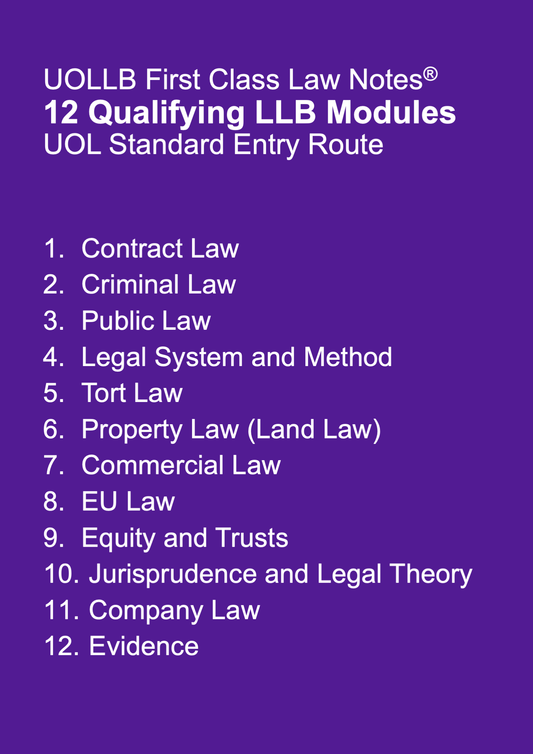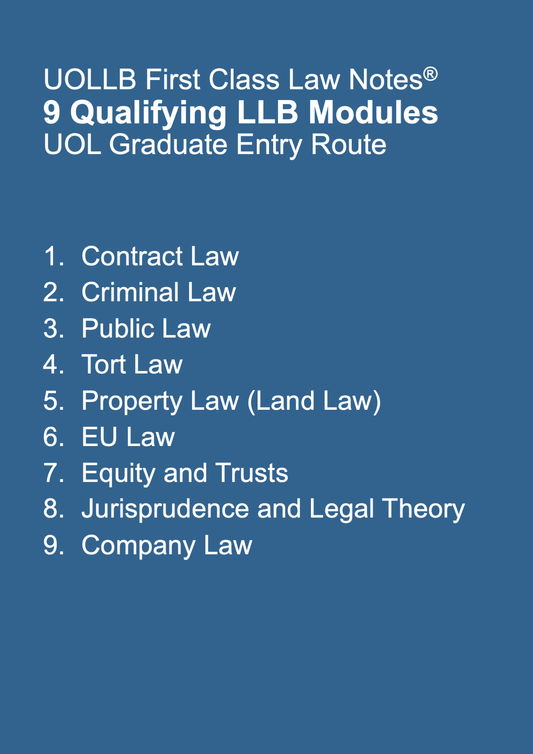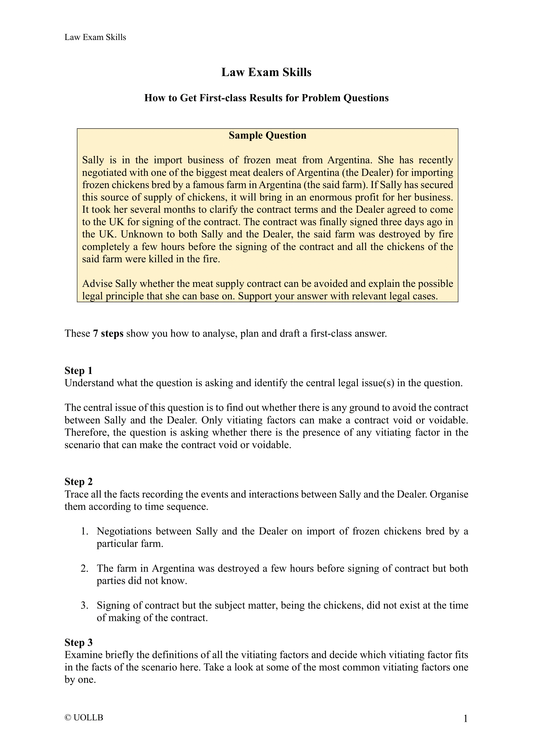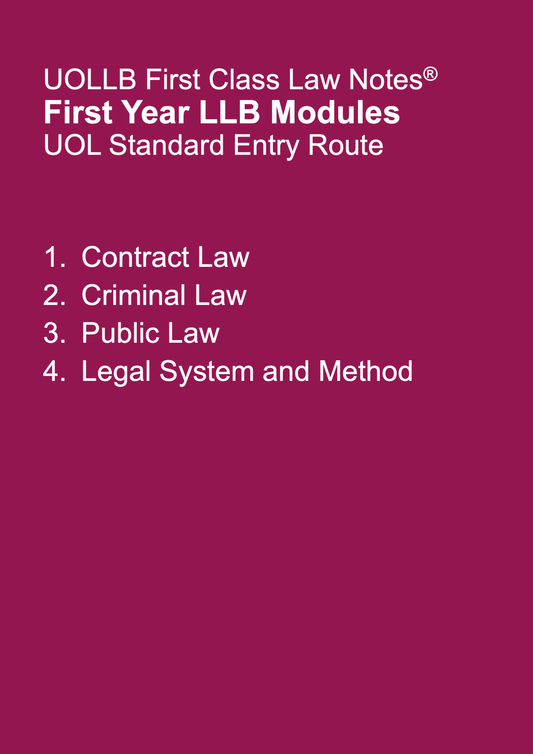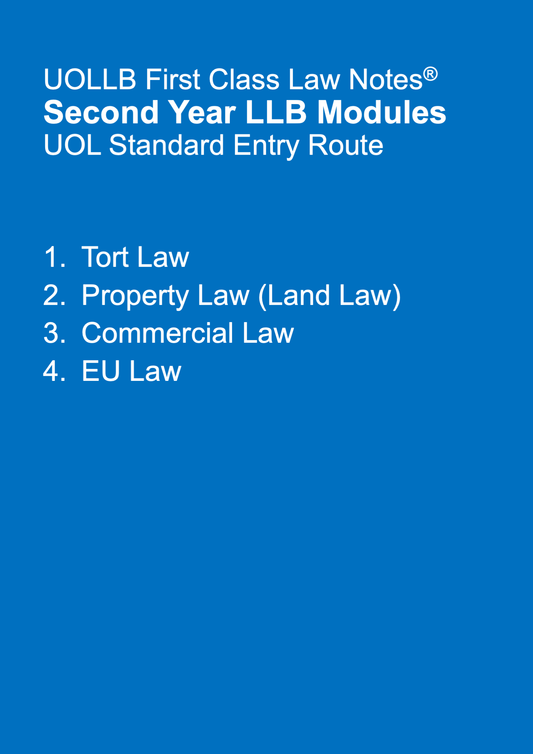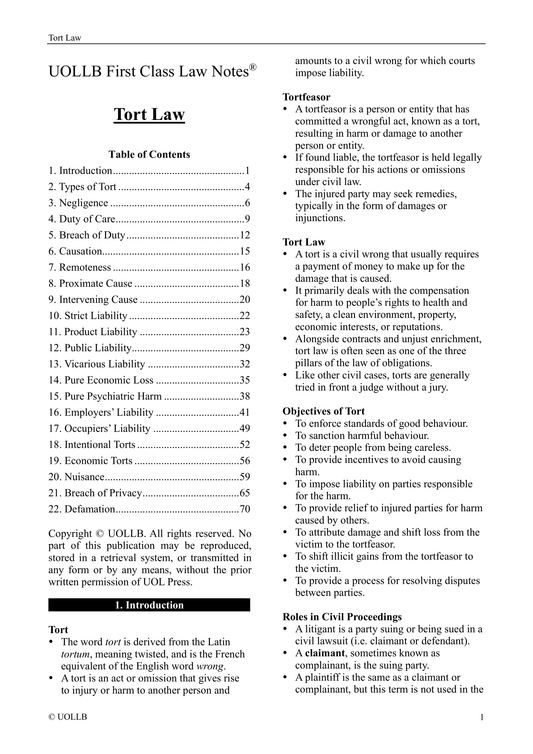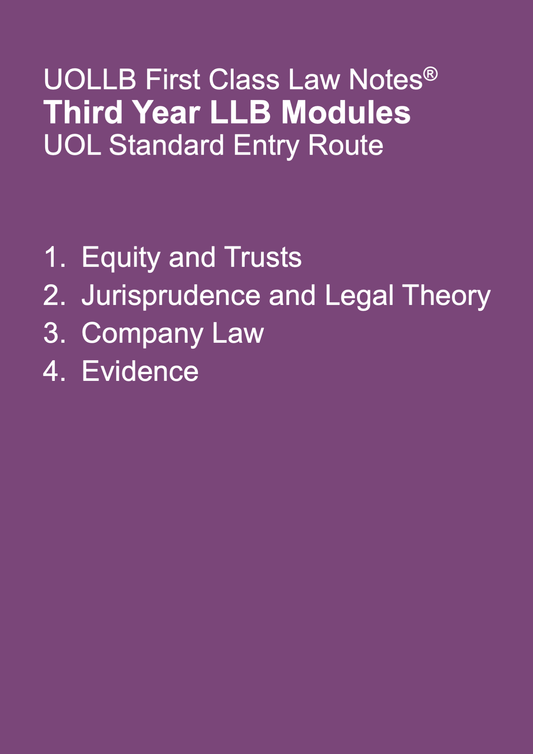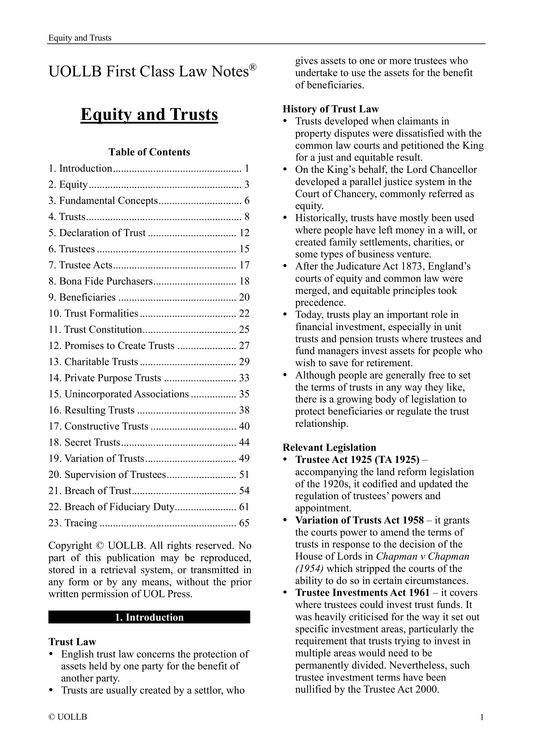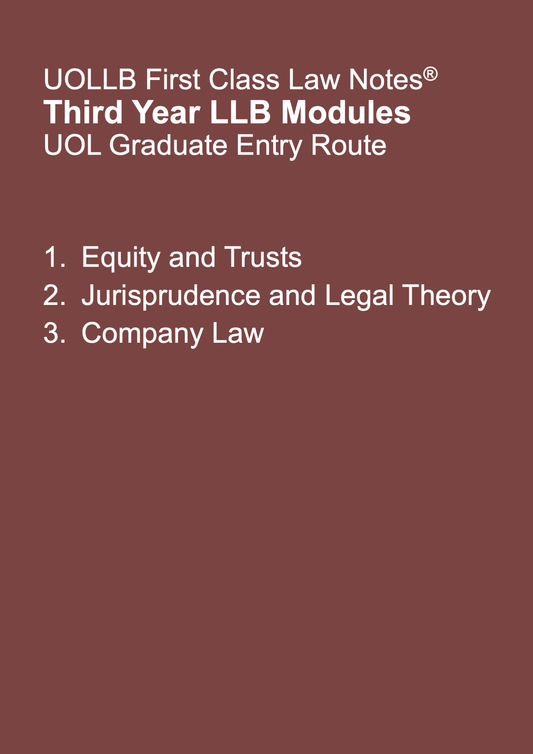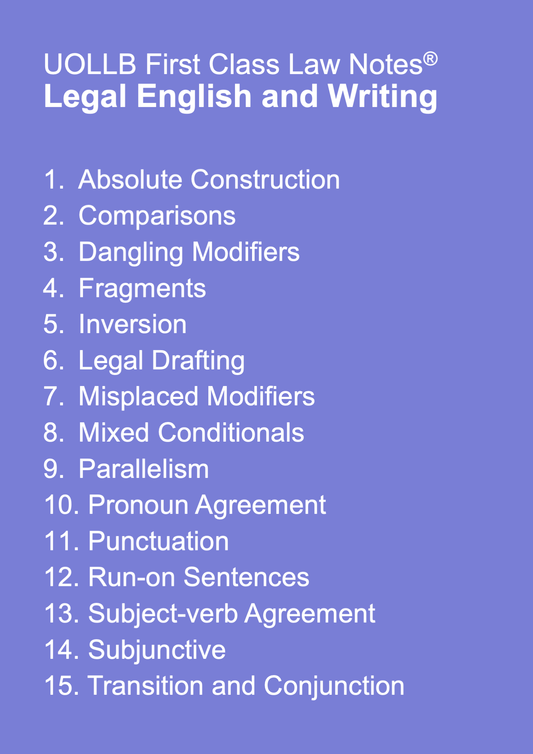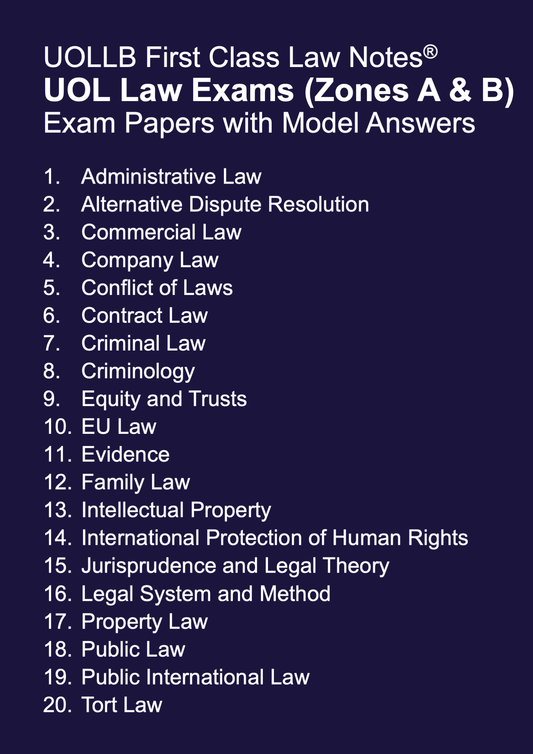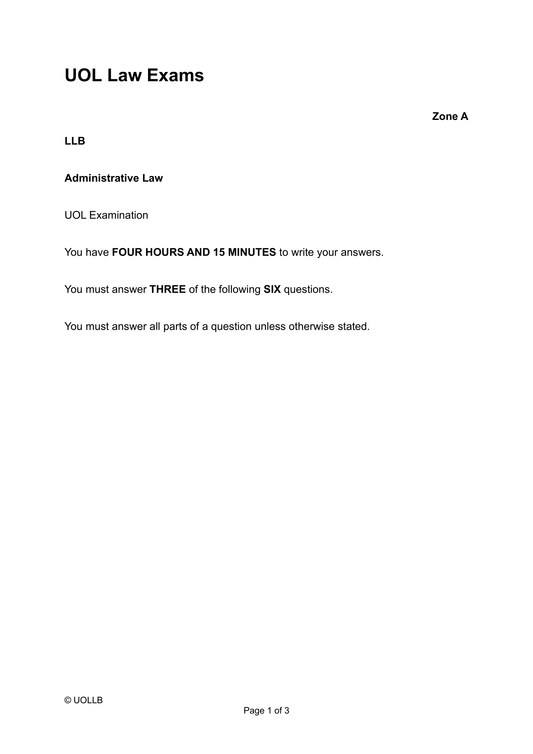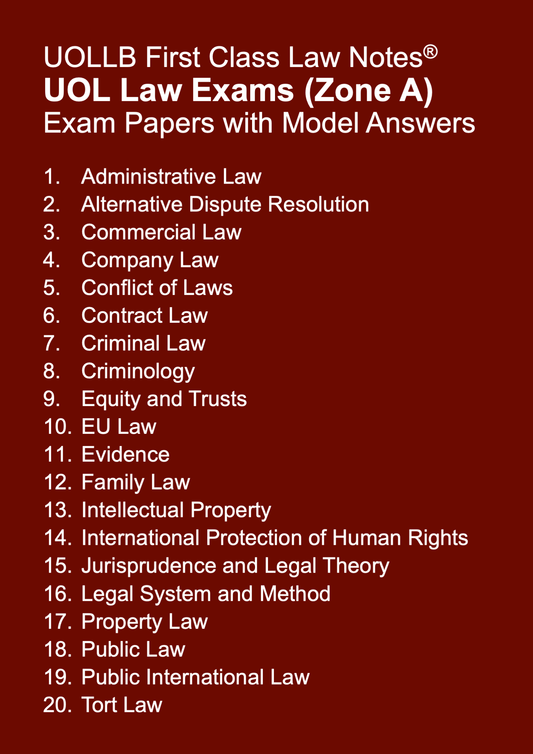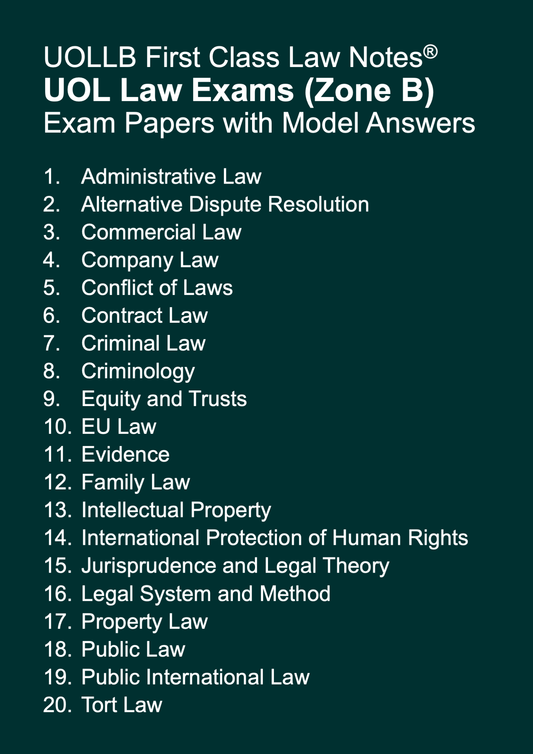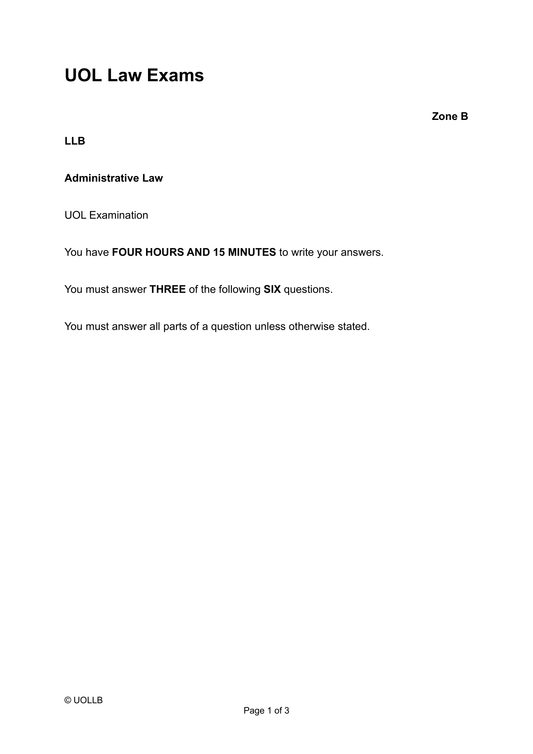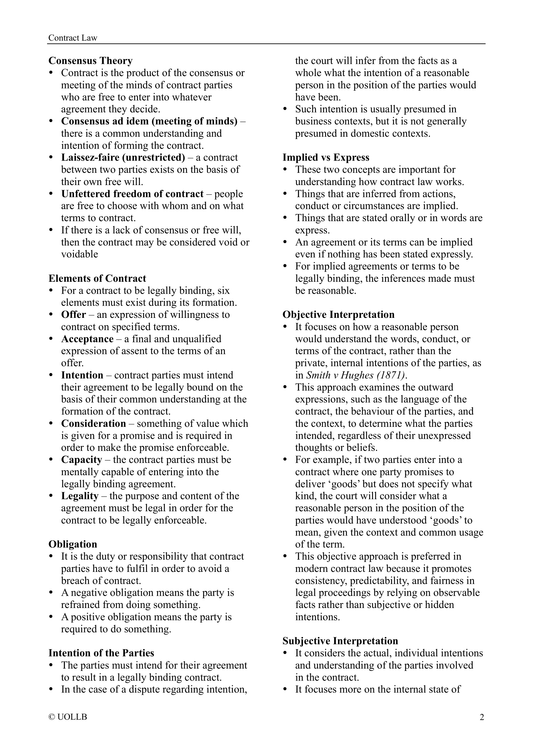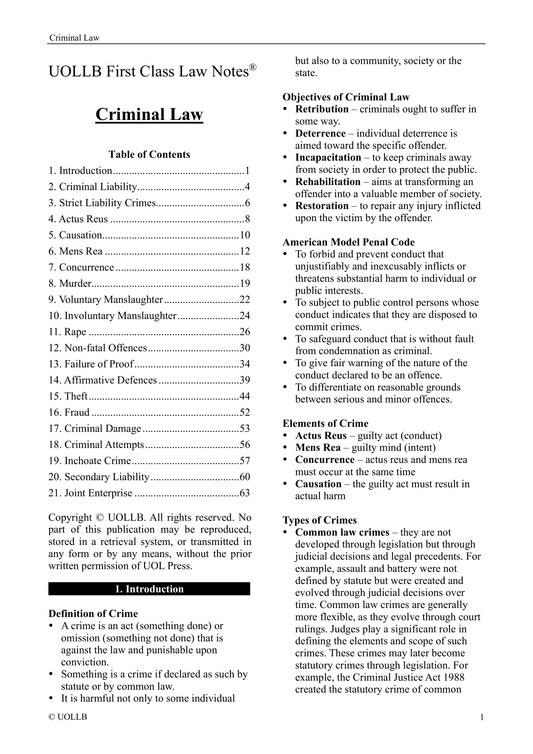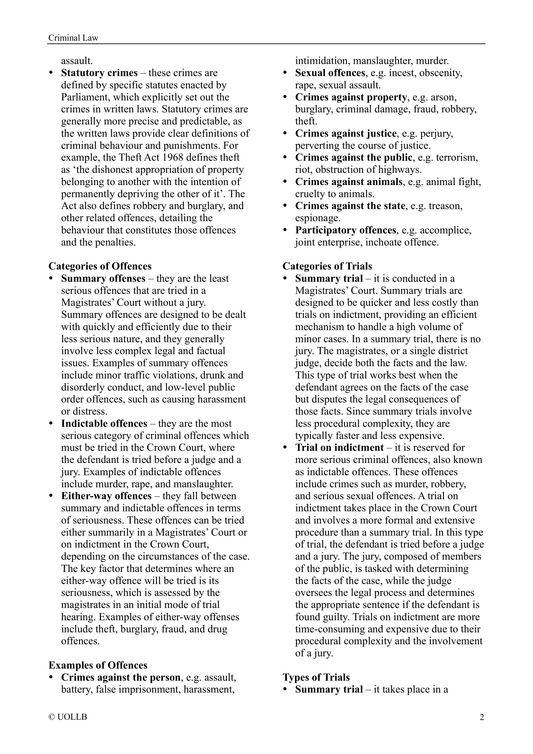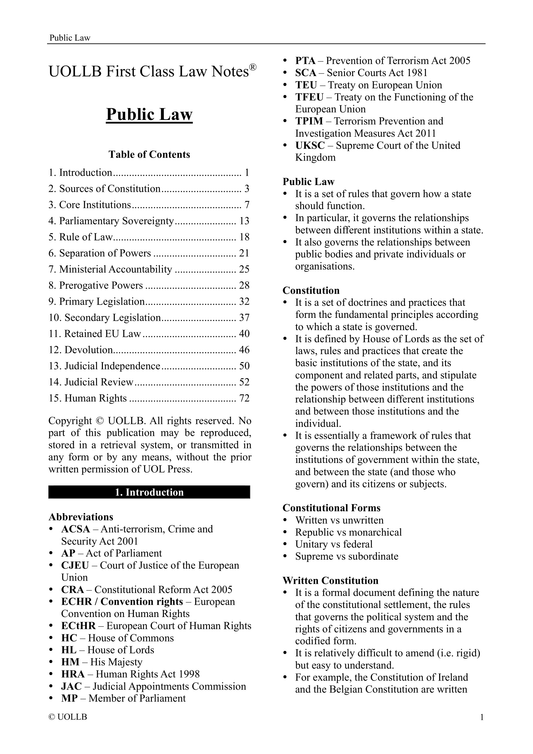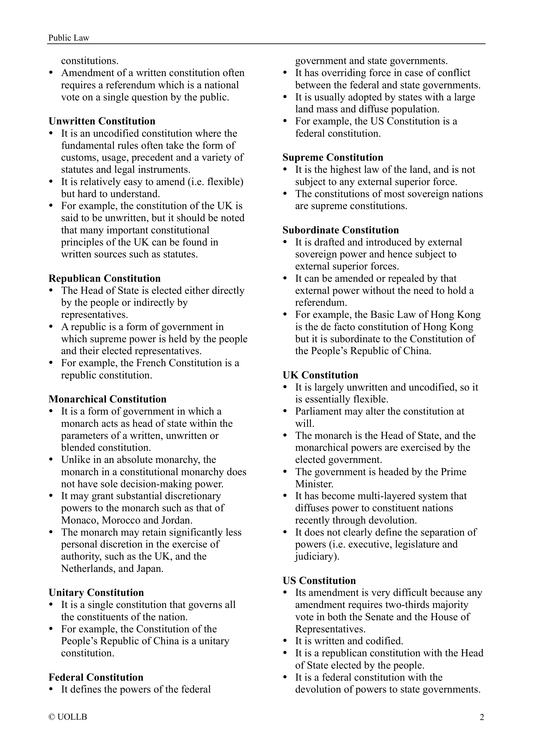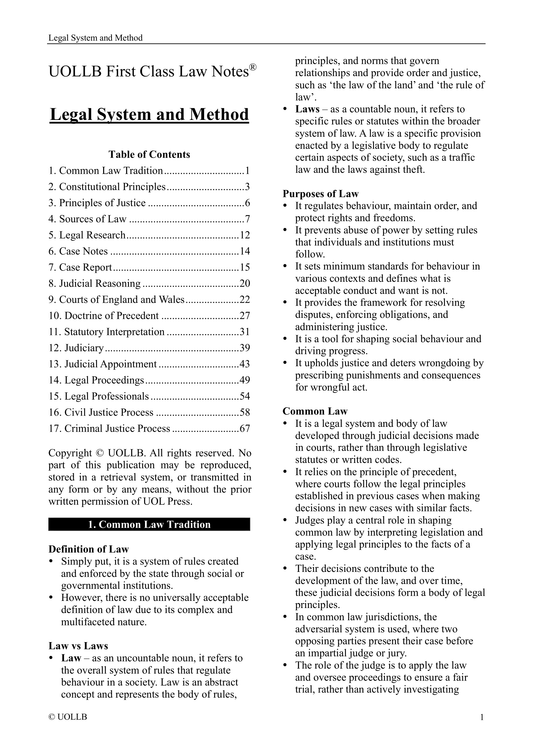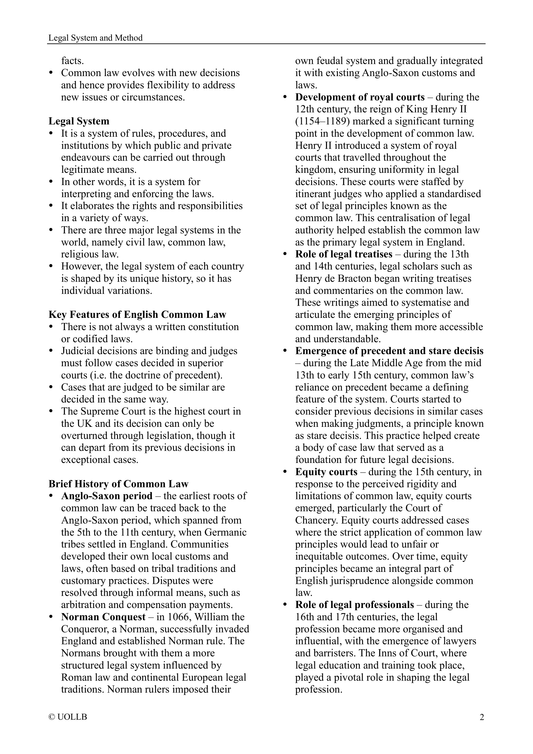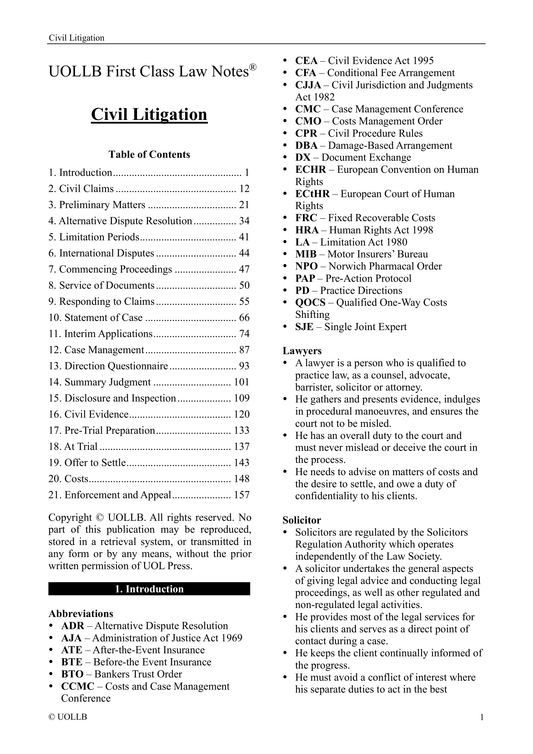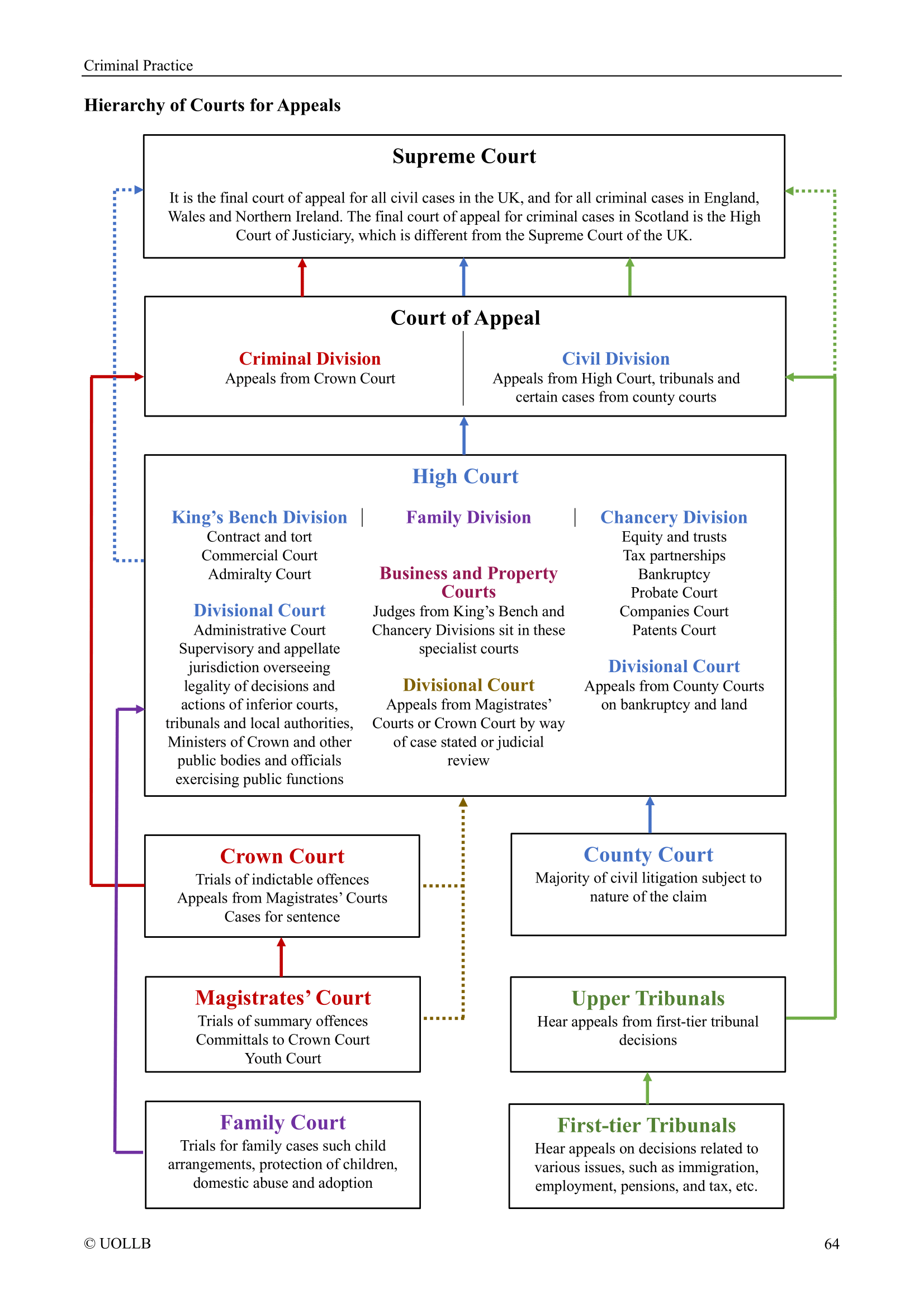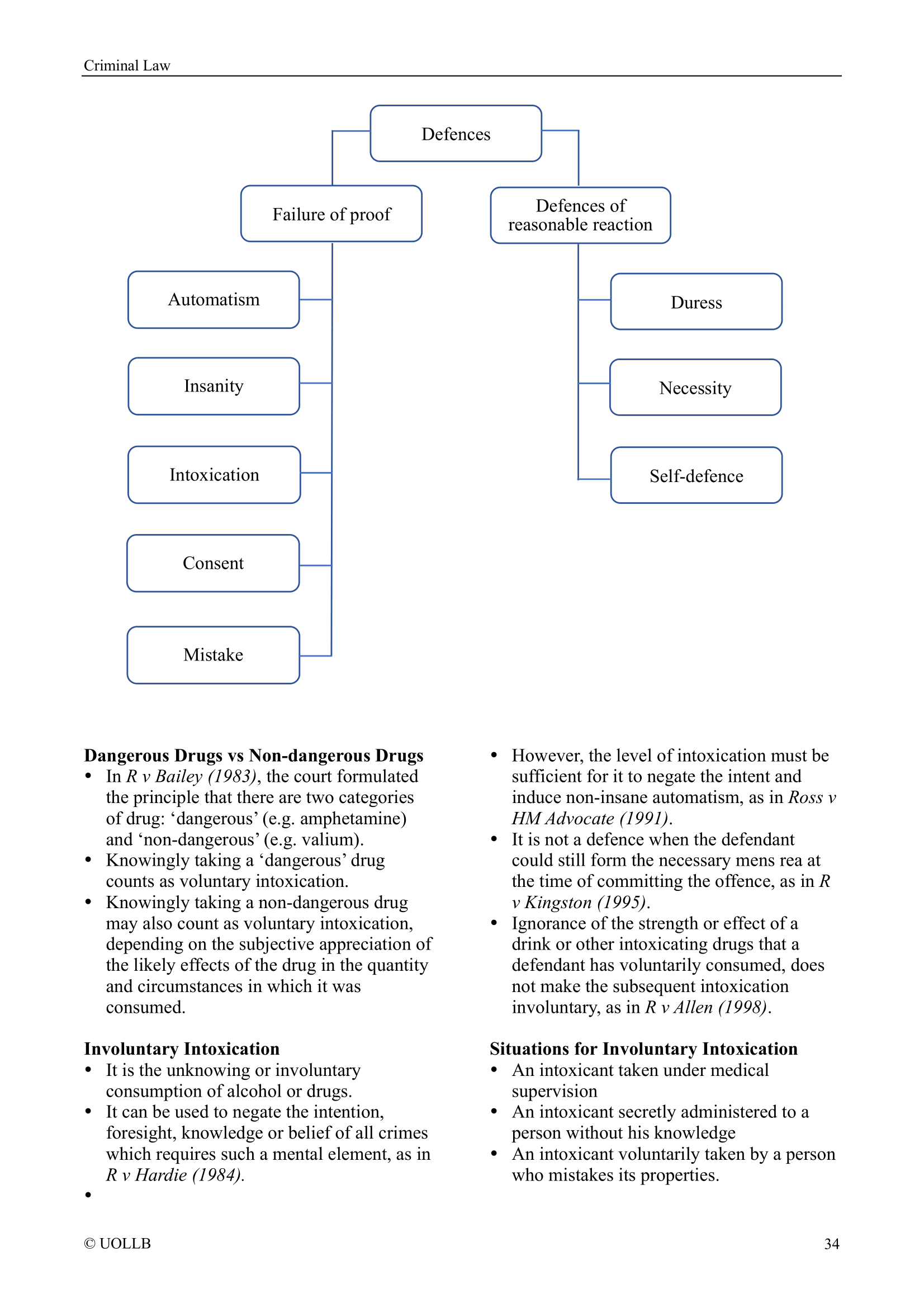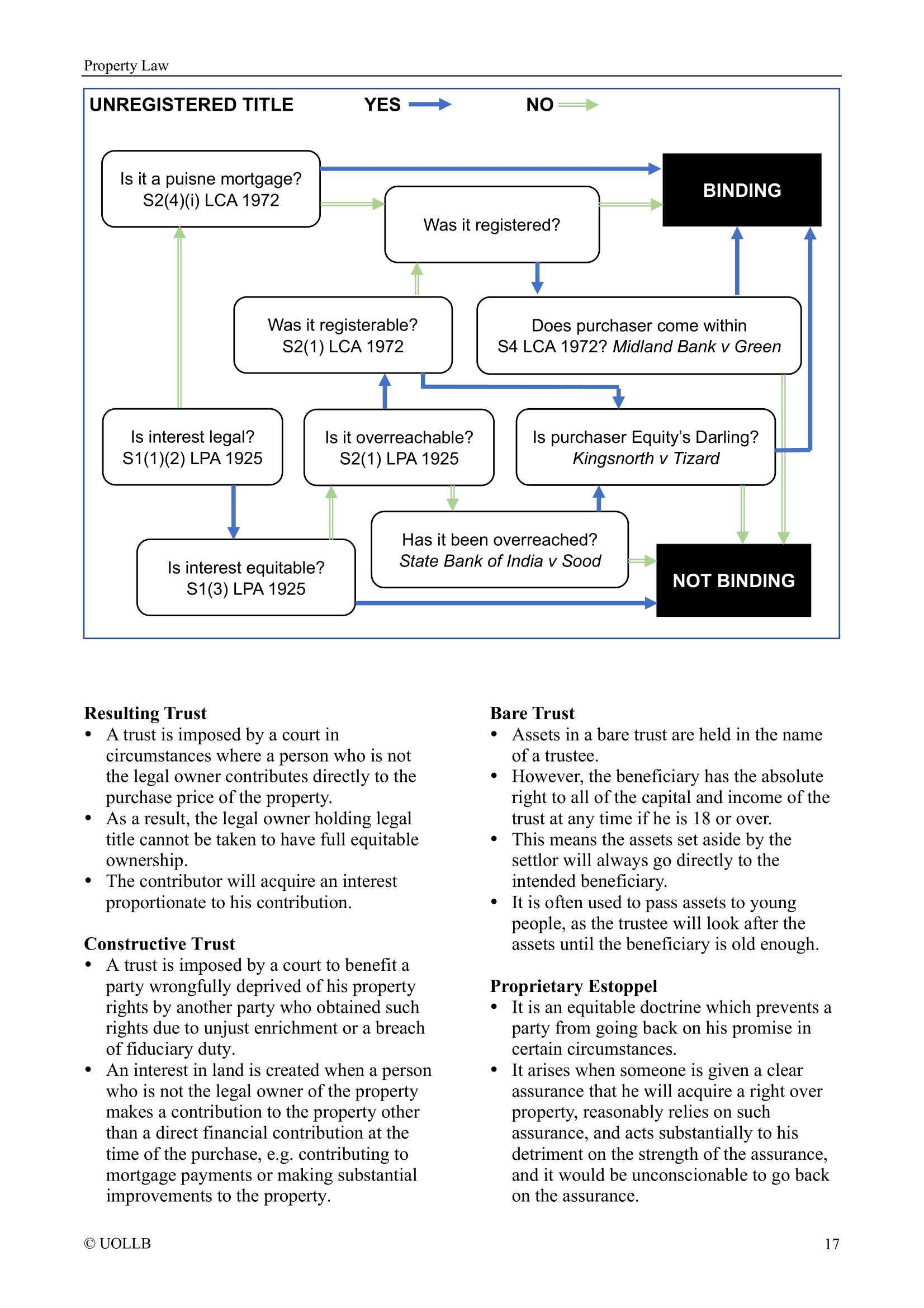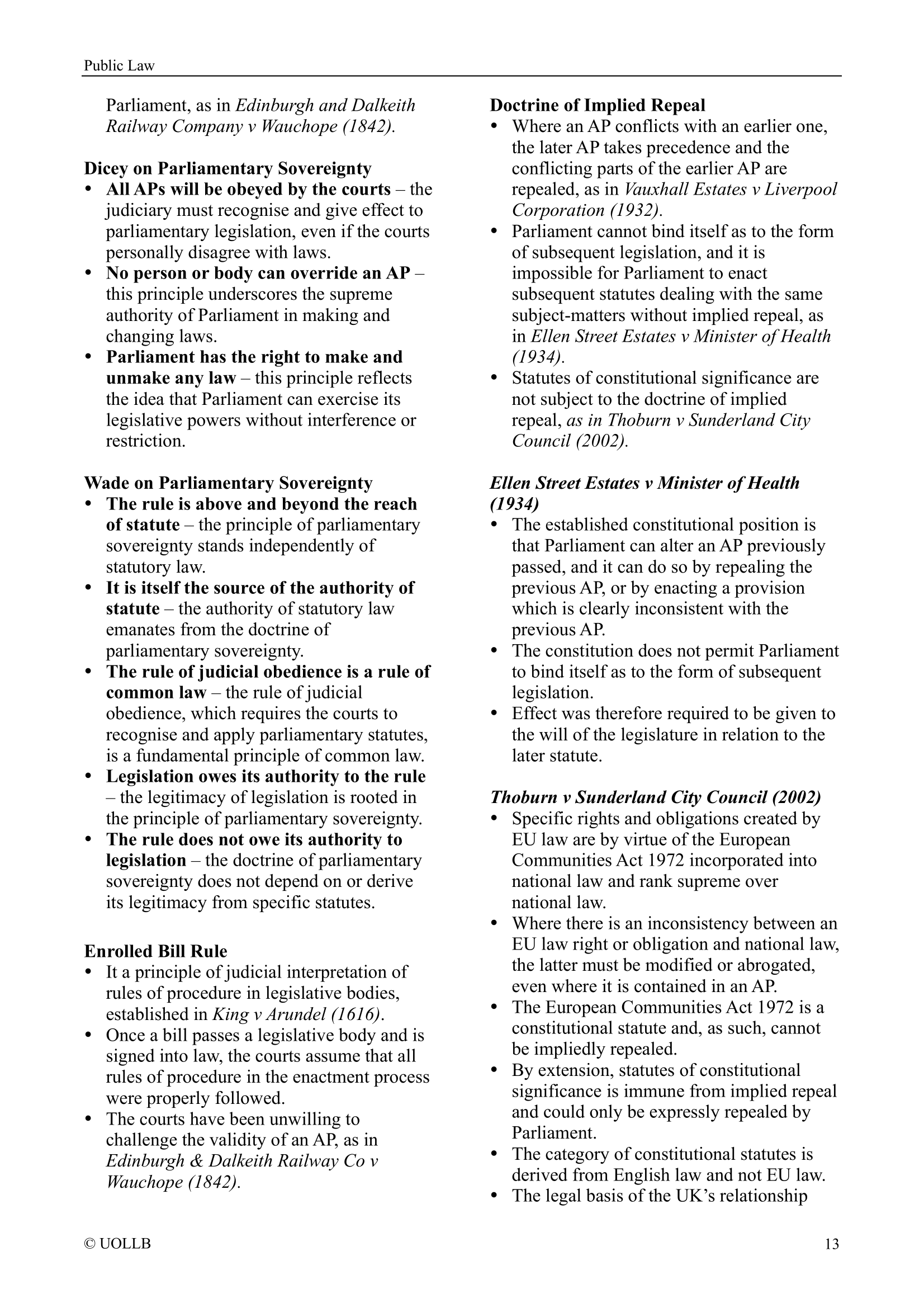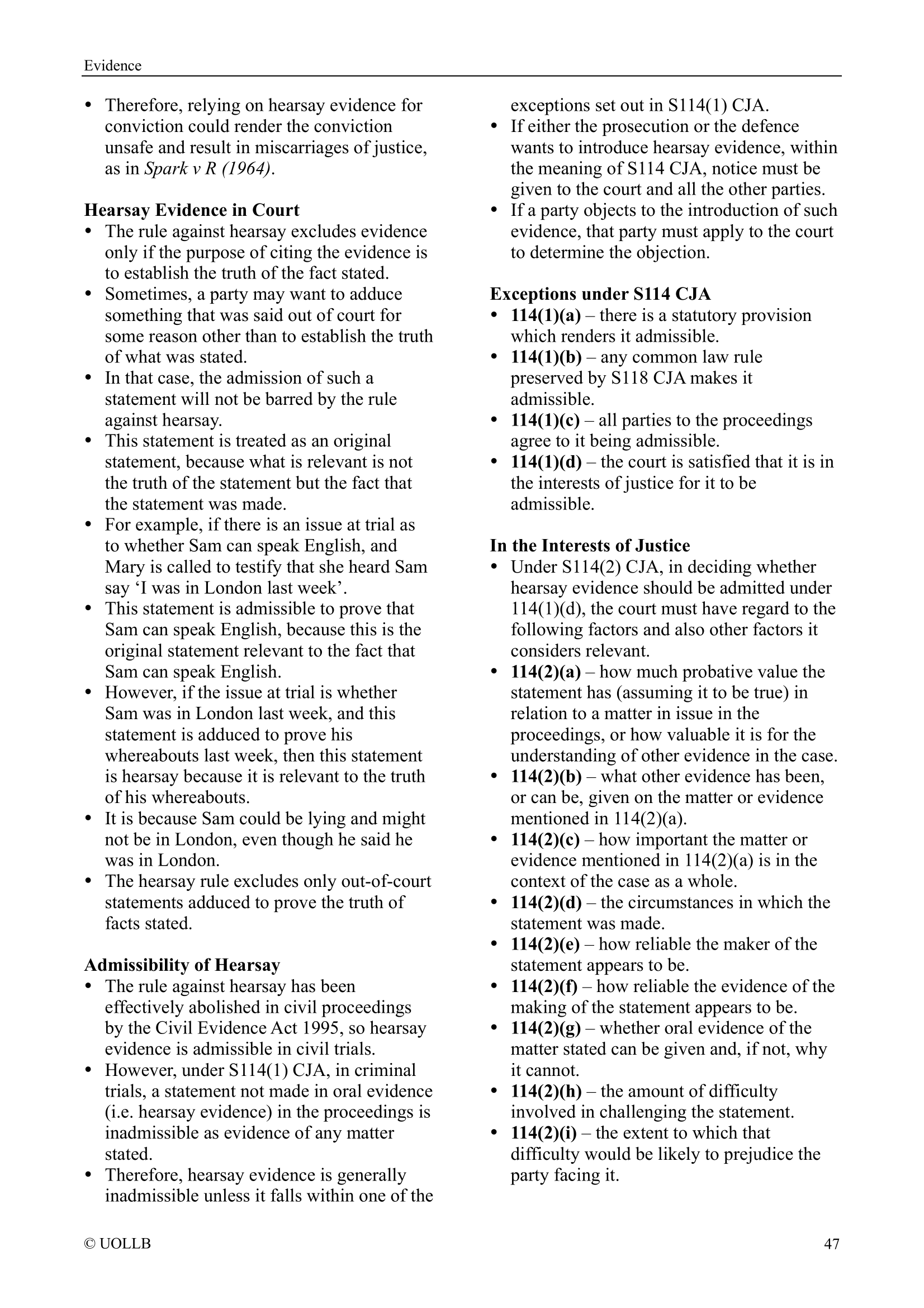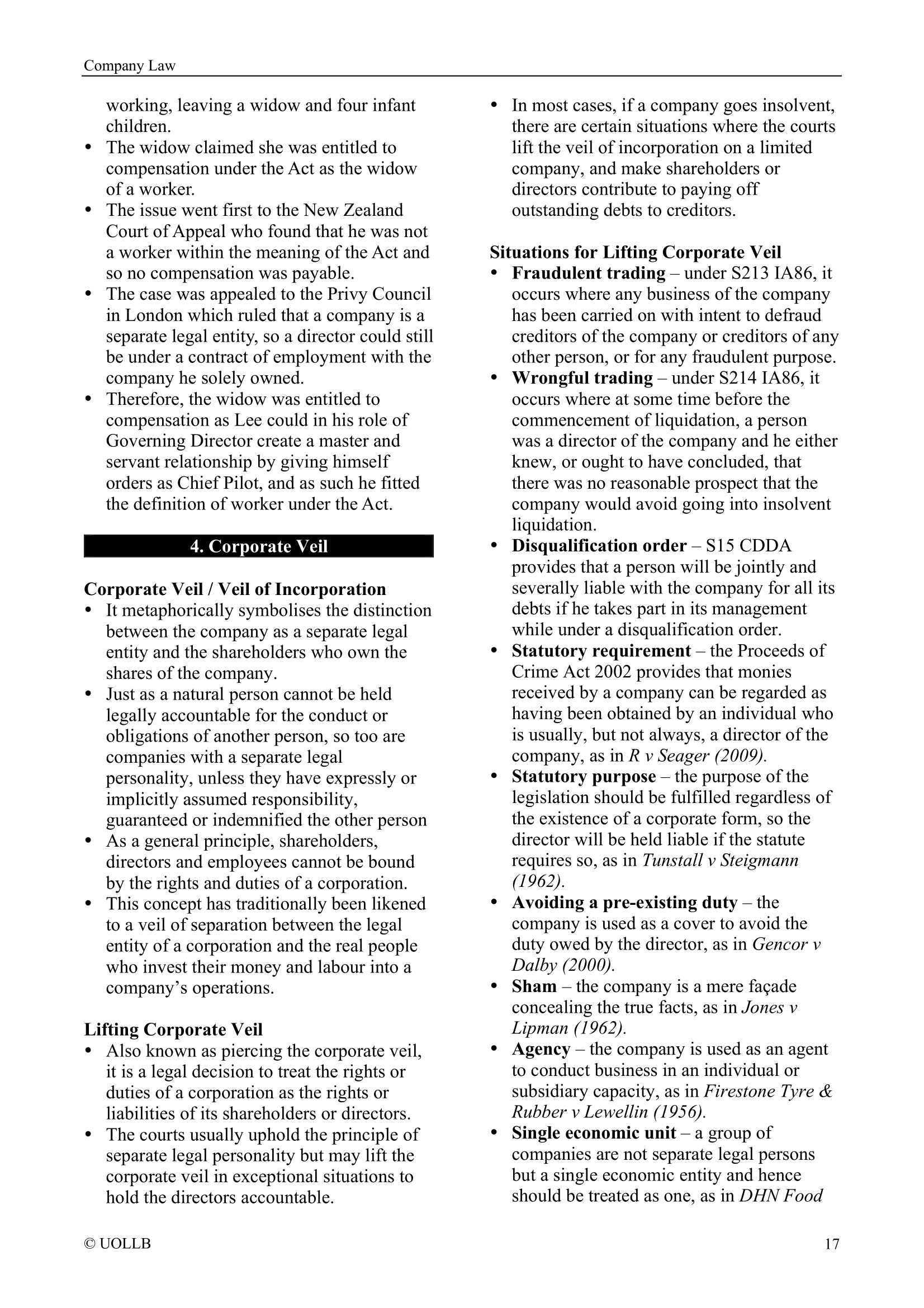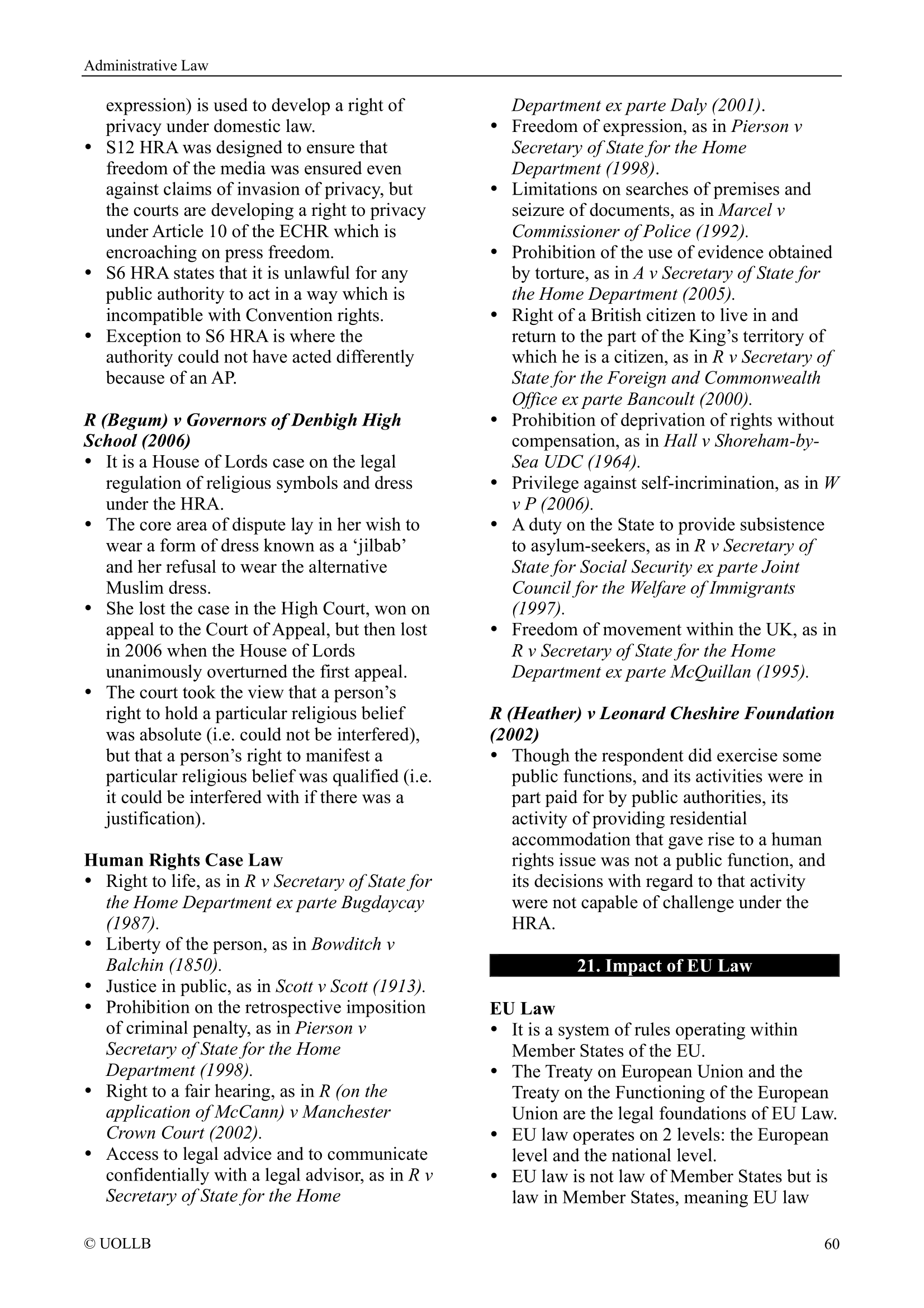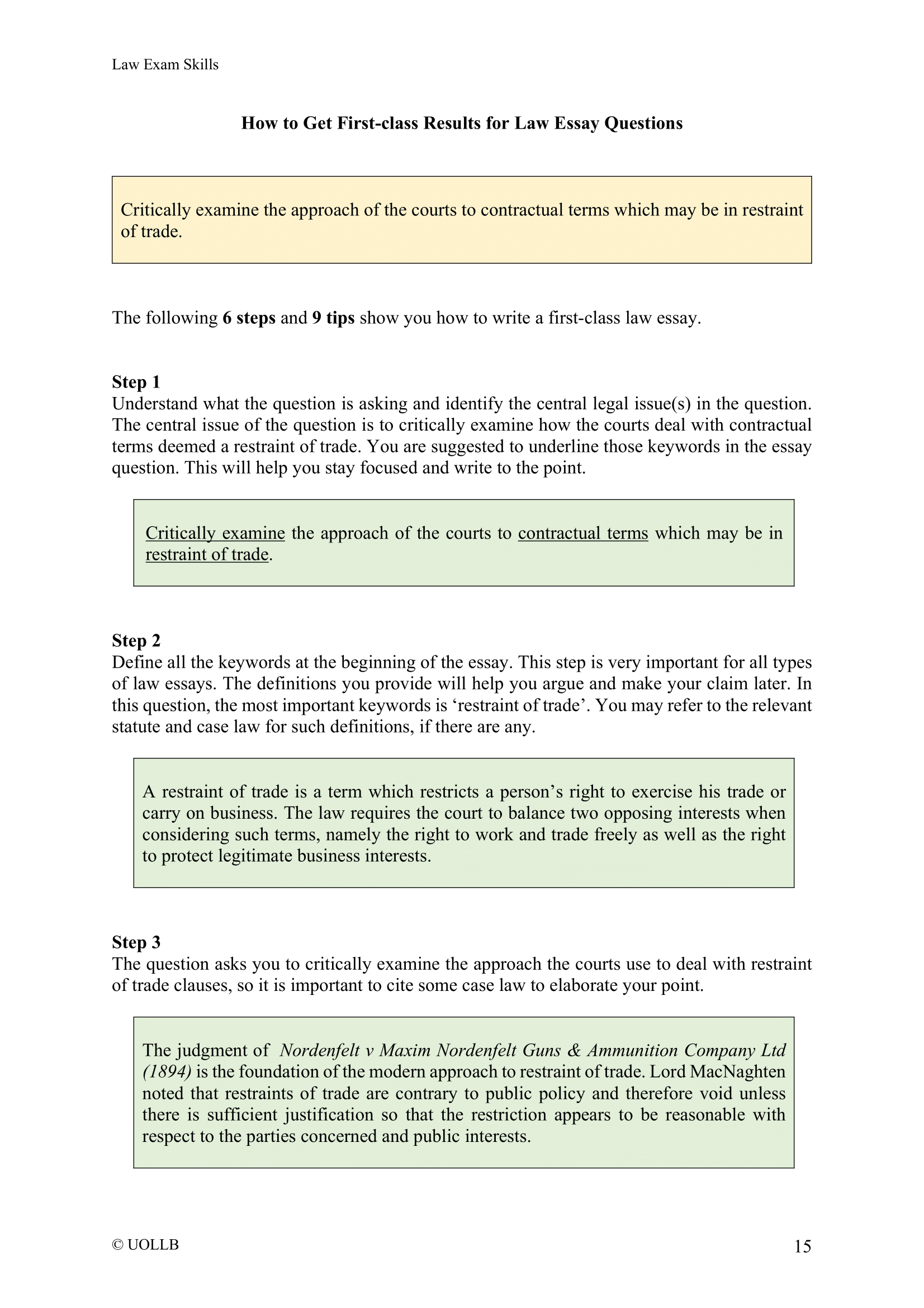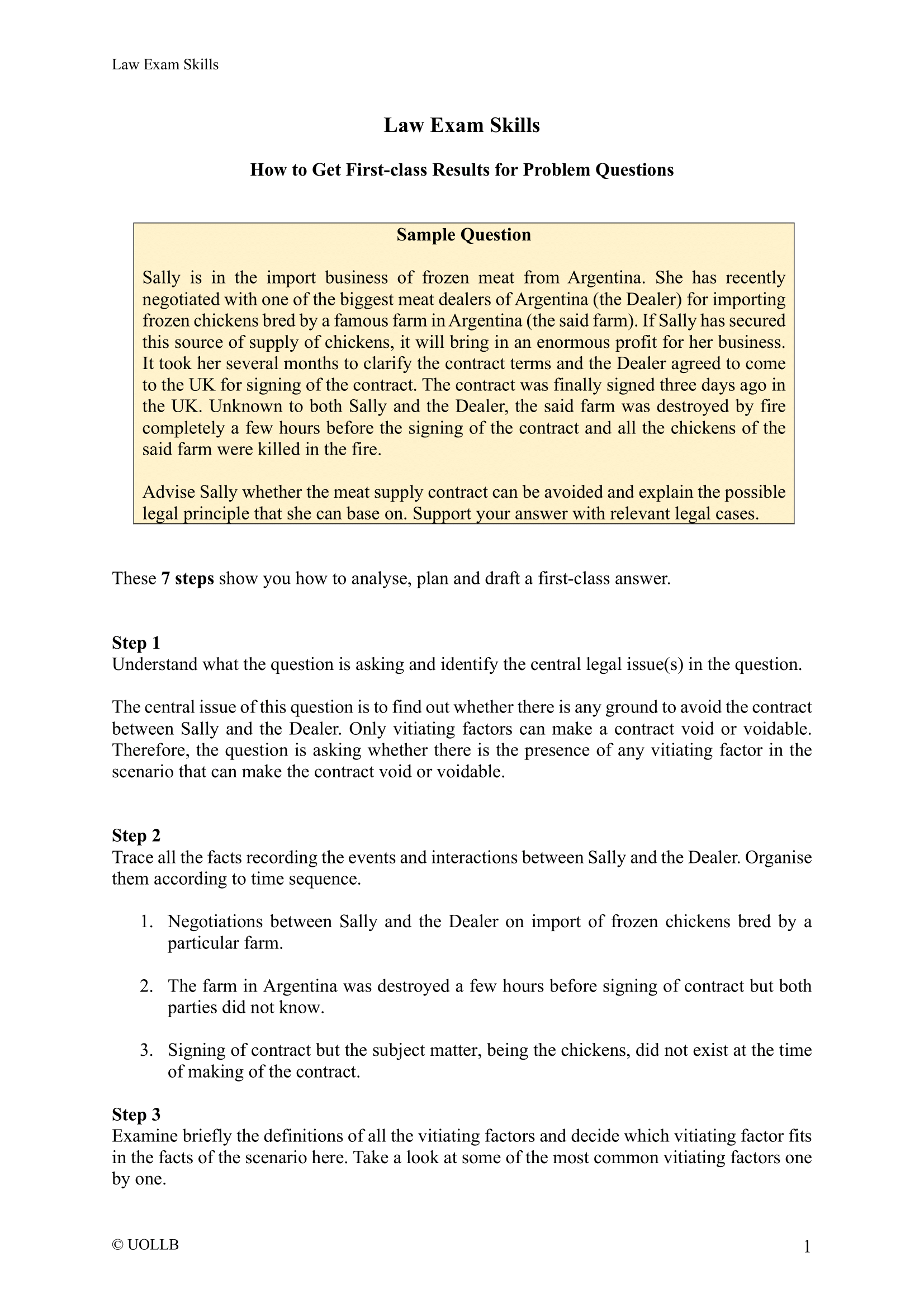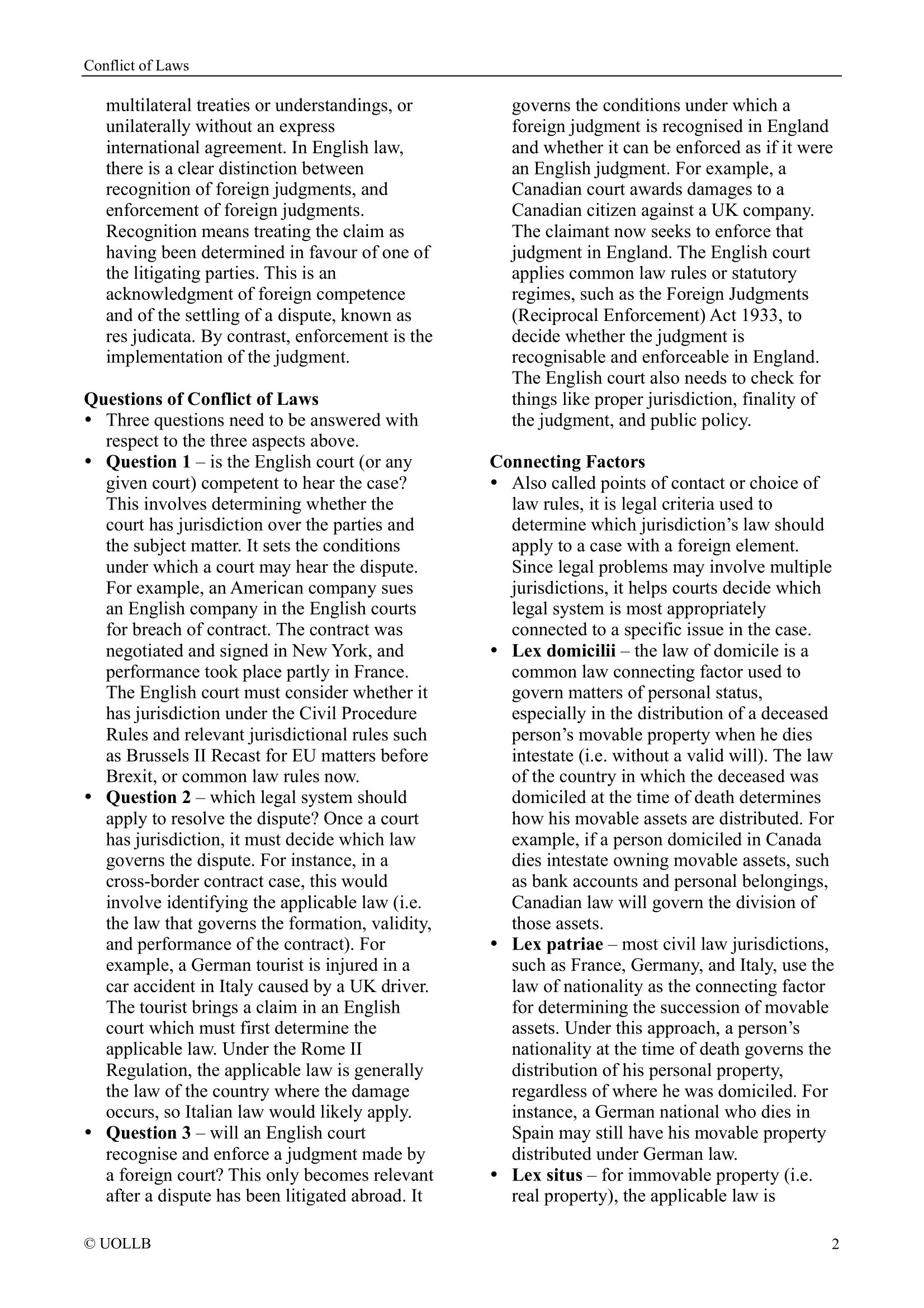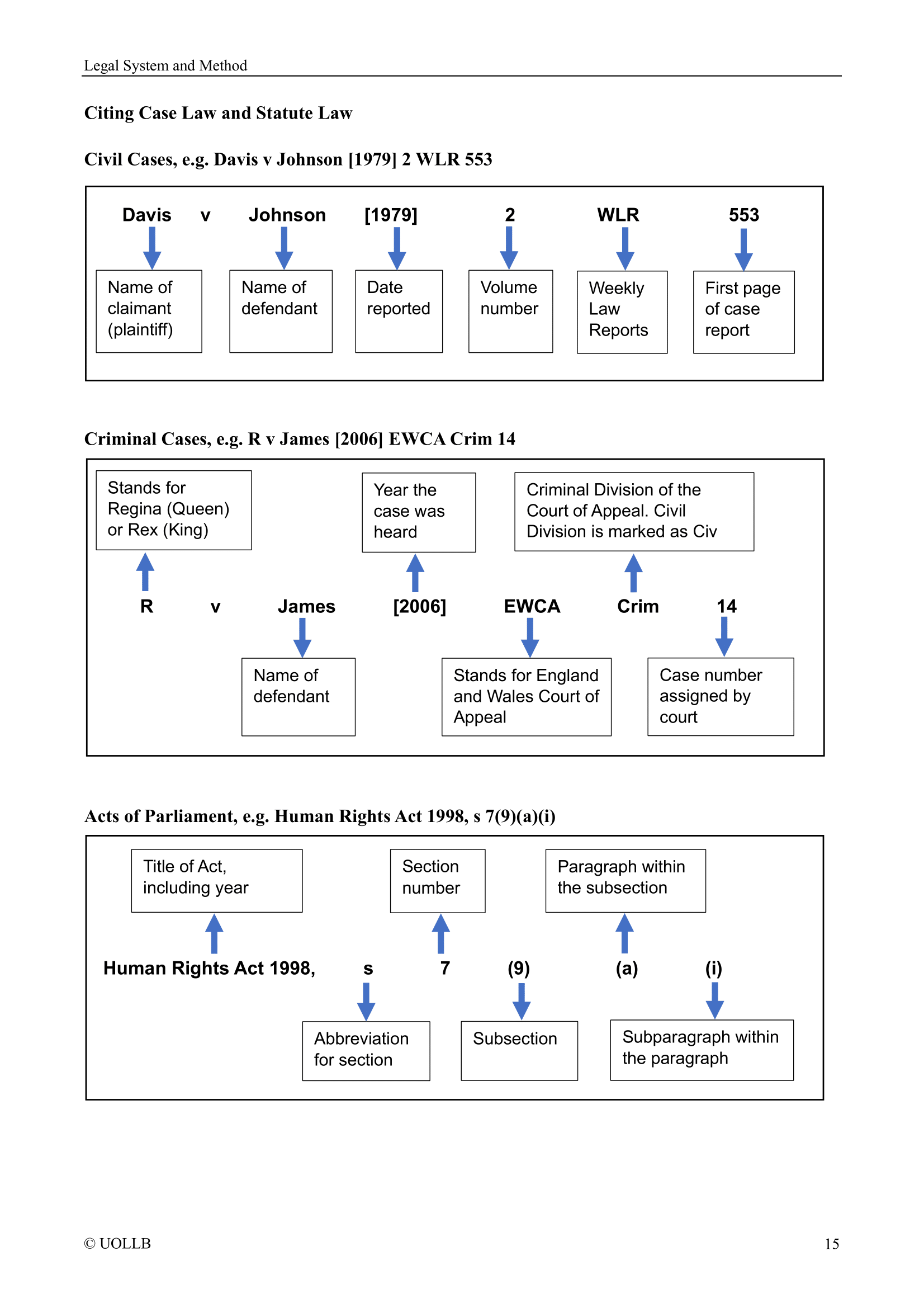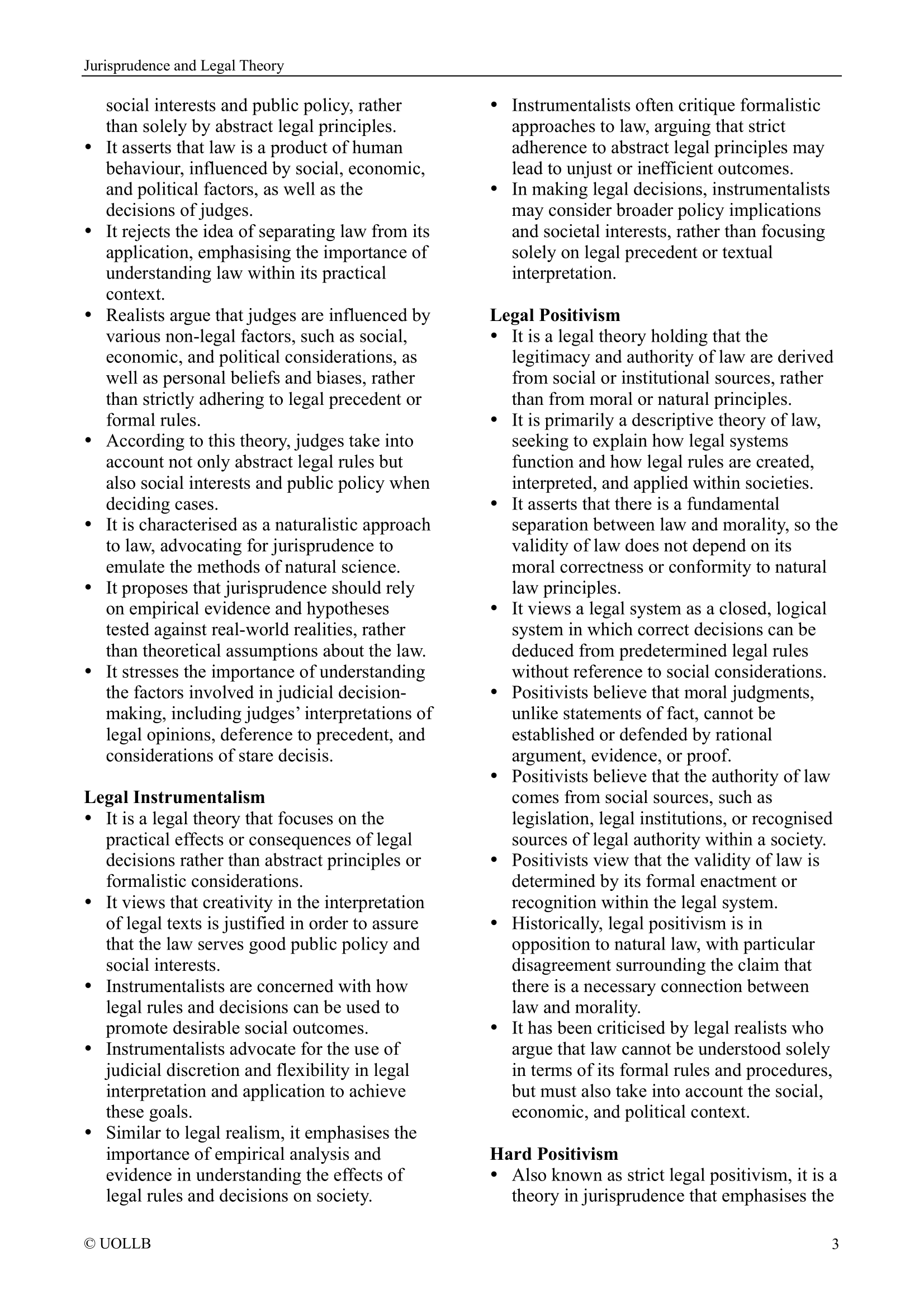First National Bank Plc v Achampong [2003]
Share
First National Bank Plc v Achampong [2003] EWCA Civ 487 revolved around a bank seeking the sale of a property due to non-payment of the mortgage. The wife contended that the mortgage was void against her share of the property, asserting that she was under undue influence when signing it.
The High Court, presided over by Blackburne J, ultimately ruled in favour of an order for the sale of the property. The judge cited Section 63(1) of the Law of Property Act 1925, noting that while the legal charge was ineffective against the wife's share, it created an equitable charge over the husband’s share, resulting in a severance of the joint beneficial tenancy.
Key considerations in reaching this decision included the status of the marriage, the purpose of the property as a family home, the children's situation, and the interests of the bank as the creditor. Blackburne J observed that the marriage had effectively ended, with the couple living apart for an extended period. Consequently, the notion of the property serving as a matrimonial home again was deemed non-existent.
The judge assigned little weight to the purpose of the property as a family home, emphasising the changed dynamics of the family and the lack of prospects for the property to fulfil its role as a matrimonial home. The fact that the children had reached adulthood played a significant role in the decision. With one child having moved out and the remaining adult child living in the home, the judge considered the relevance of these familial circumstances.
A crucial factor in the court's decision was the interest of the bank as the creditor. Blackburne J highlighted that unless an order for sale was made, the bank would be left waiting indefinitely for the repayment of the mortgage. This acknowledgment underscored the court's recognition of the practical necessity to address the financial claims of creditors in light of the evolving circumstances of the family. The ruling reflects a careful balancing of the interests of all parties involved in the context of the property dispute.
The court, in this case, balanced the interests of the parties involved, giving due consideration to the effectively dissolved marriage, the status of the property as a family home, and the practicality of a sale to meet the creditor's interest. This case reflects the court's recognition of changed family dynamics and the necessity to address the financial claims of creditors in light of these circumstances.
